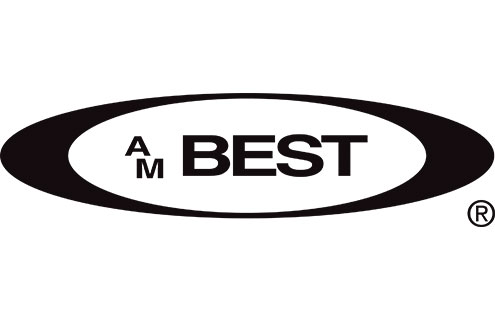Owners of US captive insurance companies tightened margins and used capital more efficiently in 2012, according to a new special report released by A.M. Best.
Among A.M. Best’s captive composite, the loss and loss-adjustment expense ratio decayed 5.7 points compared with 2011, due to the occurrence of mostly outsize property losses.
Underwriting expenses also decayed, with a 1.1 point increase in 2012 compared with 2011.
The resulting five-year combined ratio for the captive composite of 92.3 still compares extremely favourably with the commercial composite of 103.3.
The captives’ operating ratio over the same five-year period is tighter, with the captives generating a five-year operating ratio of 76.0 versus 88.5 for the commercial casualty composite.
“It is well known that captives’ investment portfolios tend to be significantly more conservative; and therefore, less income generating, than typical investment portfolios for commercial casualty companies,” said A.M. Best.
The captive companies analysed by A.M. Best were taken for a subset of more than 200 companies, of which more than 75 percent are currently rated. The companies range in size from $2 million in surplus to more than $3.5 billion.
The captive companies wrote (in size order) medical malpractice, general and auto liability, property, workers’ compensation, inland marine and other lines.






